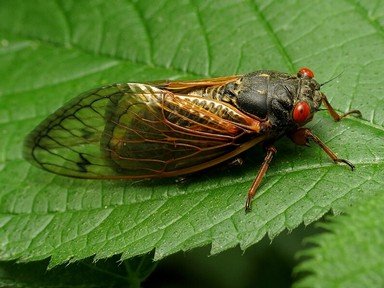
Insects Are Intriguing! Trivia Quiz
Insects are animals that have a hard exoskeleton made of chitin and a body made of three parts - a head, thorax, and abdomen. Some have two pairs of wings and others have none! All have joined legs - three pairs of them - and two antennae!
A collection quiz
by ponycargirl.
Estimated time: 3 mins.